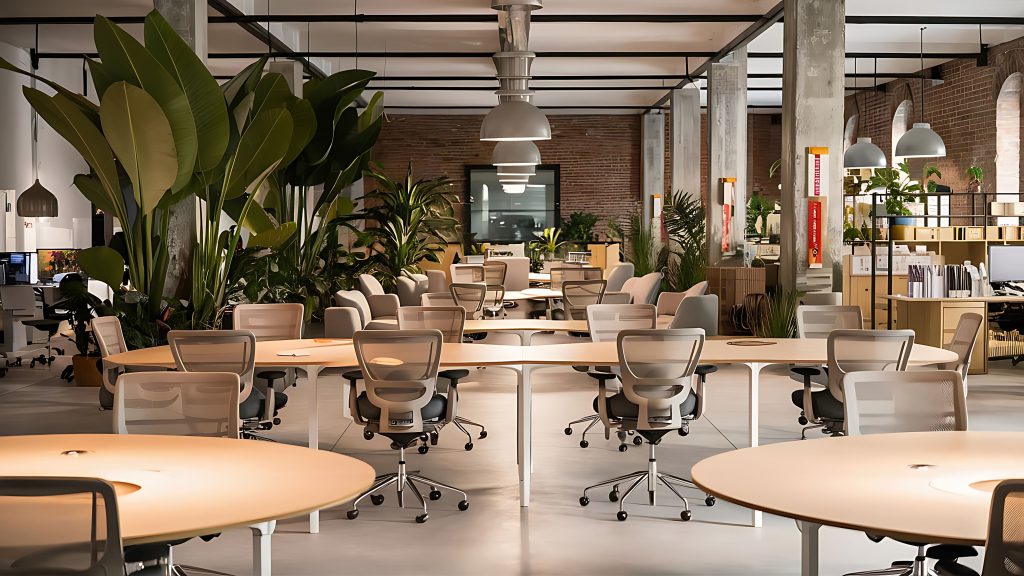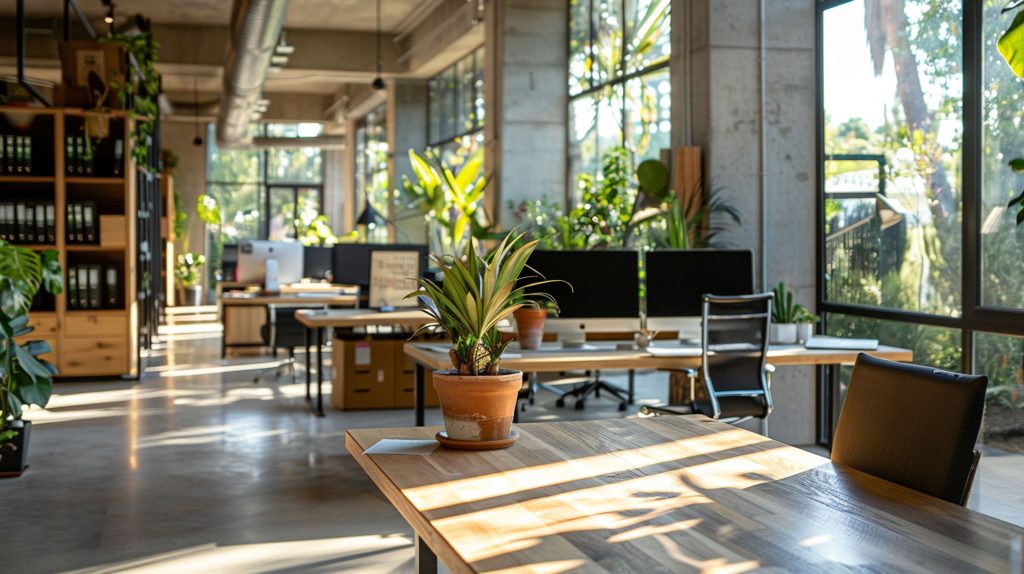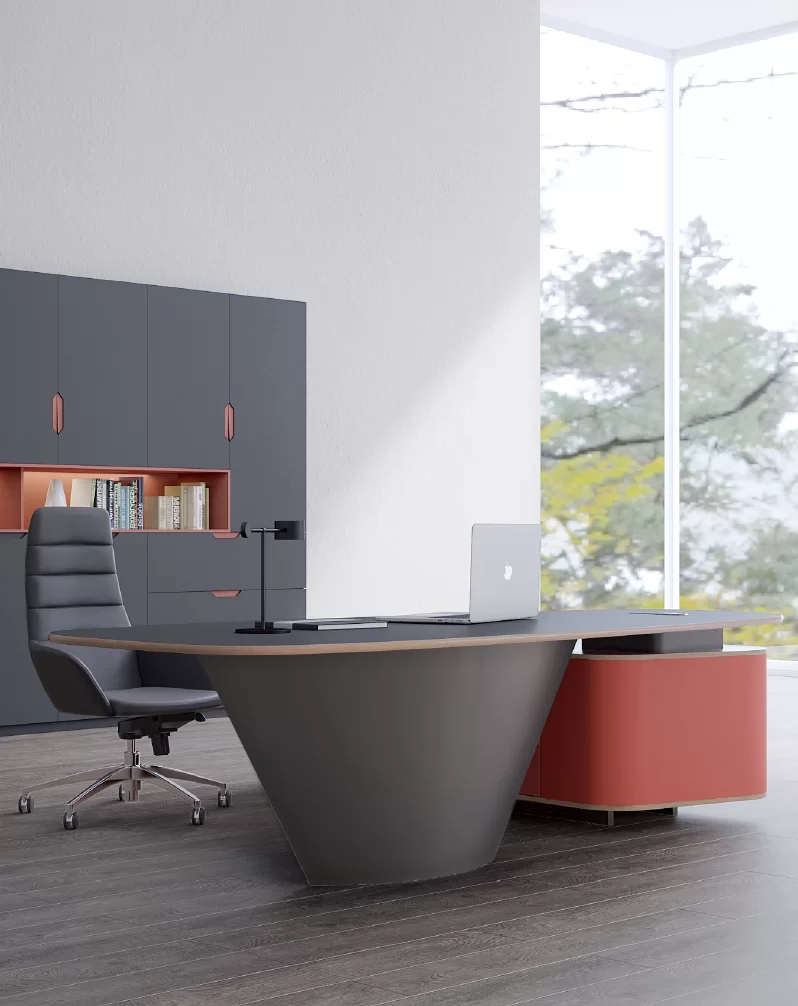
Indoor air quality is a key factor in workplace health and productivity. Traditional office furniture can release volatile organic compounds (VOCs) and other chemicals into the air, leading to fatigue, headaches, or irritation. Choosing non-toxic office furniture helps create a safer, more comfortable environment for employees and supports long-term well-being.
This guide explains what non-toxic office furniture means, which materials to avoid, certifications to look for, ergonomic factors, and how to source and maintain healthier products for your office.
Non-toxic office furniture is designed and manufactured to minimize exposure to harmful chemicals such as VOCs, formaldehyde, flame retardants, and PFAS. By selecting safer materials and finishes, workplaces can reduce indoor pollution and improve employee health.
In an office setting, where people spend long hours in close contact with desks, chairs, and storage units, material safety is especially important.
| Material / Substance | Why It’s Harmful | Common in Office Furniture |
|---|---|---|
| Formaldehyde | Linked to irritation and potential long-term health effects | Plywood, MDF, particleboard |
| VOC Paints & Finishes | Release gases affecting air quality | Surface coatings, table finishes |
| Flame Retardants | Certain types can impact hormones or nervous systems | Seat foams, textiles |
| PFAS | Persistent “forever chemicals” under safety review | Fabric coatings, water-repellent treatments |
| Heavy Metals (Lead, Nickel) | May cause skin reactions or long-term health issues | Metal coatings, chair bases, hardware |
When sourcing furniture, look for safety certifications that indicate reduced chemical emissions or eco-friendly production. Common examples include:
Healthy office furniture should combine ergonomic comfort with safer materials. For example:
By combining ergonomic design with safer materials, workplaces can protect both physical comfort and long-term health.

Instead of specific brands, consider these general categories when sourcing:
These types of furniture can reduce chemical exposure and create a healthier workplace environment.
When selecting non-toxic office furniture, consider the following steps:
Q: Does all solid wood furniture count as non-toxic?
Not necessarily — adhesives, stains, and finishes may still release VOCs.
Q: Are certifications required for safe furniture?
Not required, but they give assurance of reduced emissions and safer materials.
Q: Can budget furniture still be safe?
Yes, by focusing on simpler designs with fewer chemical coatings and asking suppliers for eco-friendly options.
Non-toxic office furniture helps reduce indoor air pollution, supports employee health, and demonstrates corporate responsibility. By avoiding harmful materials, checking certifications, and working with suppliers who can provide safer options, businesses can create a healthier and more productive workplace.
Even small changes — such as choosing safer office furniture materials like low-VOC finishes for desks or certified foam for chairs — can make a noticeable difference. Over time, prioritizing non-toxic materials will benefit both employees and the company’s long-term success.
